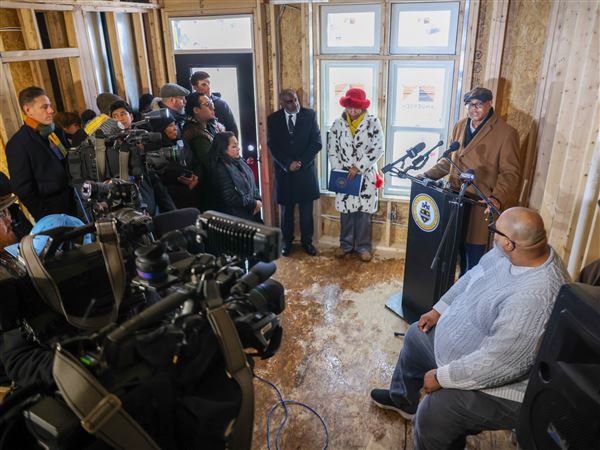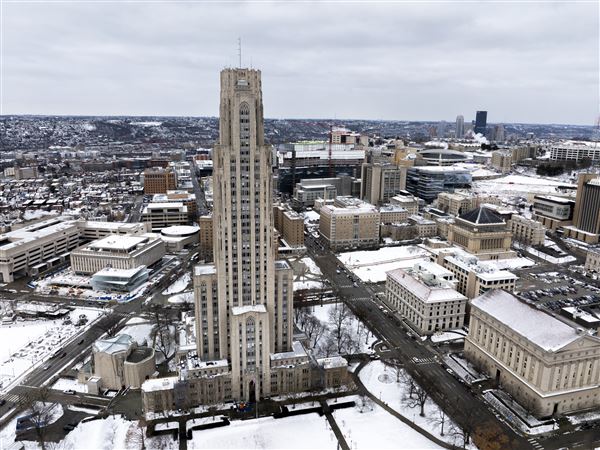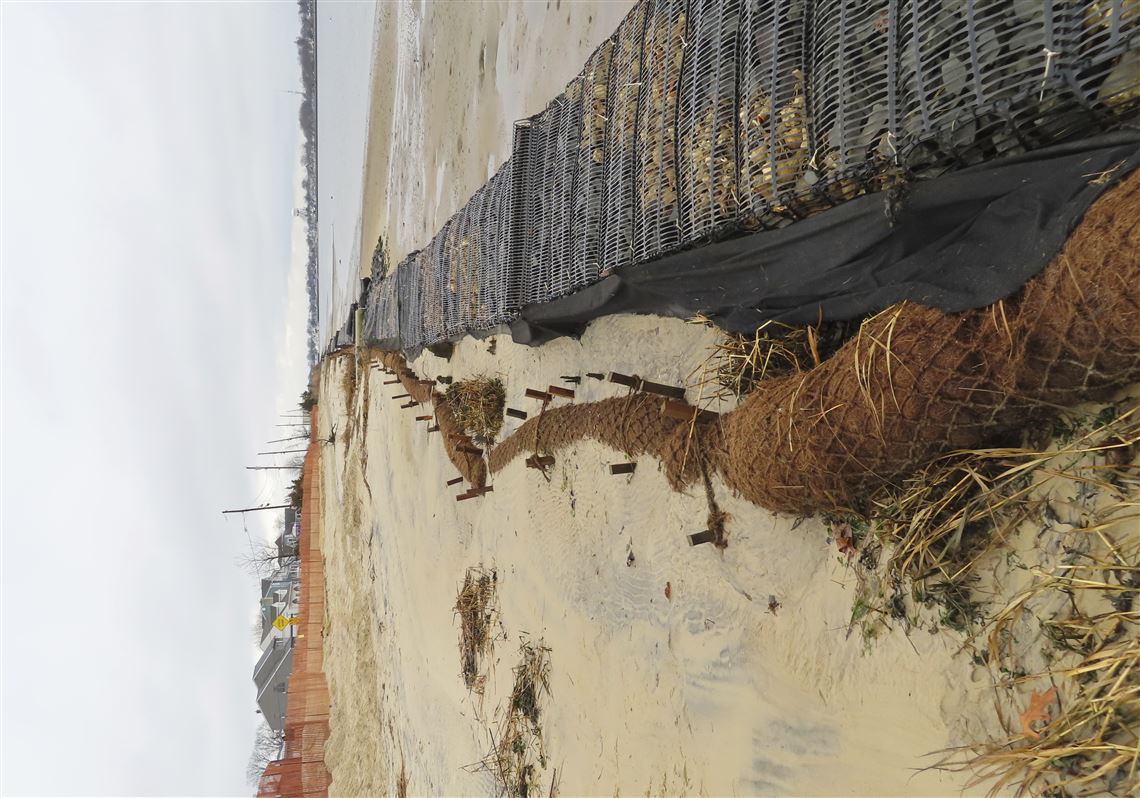NEPTUNE, N.J. — Coastal communities around the world are adding a tropical twist to shoreline protection, courtesy of the humble coconut.
From the sands of the Jersey Shore to the islands of Indonesia, strands of coconut husk, known as coir, are being incorporated into shoreline protection projects.
Often used in conjunction with other measures, the coconut material is seen as a cost-effective, readily available and sustainable option. This is particularly true in developing countries. But the material is also popular in wealthy nations, where it's seen as an important part of so-called “living shorelines” that use natural elements rather than hard barriers of wood, steel or concrete.
One such project is being installed along a section of eroded river bank in Neptune, N.J., about a mile from the ocean on the Shark River. Using a mix of a federal grant and local funds, the American Littoral Society, a coastal conservation group, is carrying out the $1.3 million project that has already added significantly to what was previously a severely eroded shoreline in an area that was pummeled by Superstorm Sandy in 2012.
“We’re always trying to reduce wave energy while shielding the shoreline, and whenever we can, we like to employ nature-based solutions,” said Tim Dillingham, the group’s executive director. “This material is readily available, particularly in developing countries and it’s relatively inexpensive compared with harder materials.”
Coir is made of the stringy fibers of coconut shells, and spun into mats or logs, often held together with netting. In developing areas, discarded or ripped fishing nets can be incorporated.
Its flexibility allows it to be molded and contoured as needed on uneven areas of shoreline, held in place by wooden stakes.
The coconut-based material biodegrades over time, by design. But before it does, it is sometimes pre-seeded with shoreline plants and grasses, or those plants are placed in holes that can be punched into the coir logs.
The logs hold the plants in place as they take root and grow, eventually breaking down and leaving the established plants and sediment around them in place to stabilize the shoreline.
Coconut-based materials are being used around the world for erosion control projects.
One of them is in Boston, where Julia Hopkins, an assistant professor at Northeastern University, is using coconut fibers, wood chips and other material to create floating mats to blunt the force of waves, and encourage growth of aquatic vegetation. A pilot project has four such mats in waterways around Boston. Ms. Hopkins envisions a network of hundreds or even thousands of mats linked together to protect wider areas.
She’s pleased with what she's seen so far.
“Coconut fiber is organic material, it’s relatively cheap and it’s a discard,” she said. “It's actually recycling something that was going to be discarded.”
Two projects in East Providence, R.I., used coconut logs in 2020, and 2,400 feet of shoreline in New York's Jamaica Bay that were eroded during Superstorm Sandy were stabilized in 2021 by a project that also included coconut coir logs.
Cape Cod, Mass., did a similar project last year, and the Delaware Department of Natural Resources and Environmental Control is offering funding to help landowners, homeowner associations and others install living shorelines made of materials that can include coconut fibers.
A project in Austin, Texas, stabilized part of the Lake Austin shoreline; monitoring from 2009 to 2014 showed decreased erosion and the healthy growth of native plants at the water's edge.
Indonesia is the world's largest coconut producer, with more than 17 million metric tons in 2021. Scientists from the Oceanography Program of Bandung Institute of Technology used coconut husk material to help build a sea wall in the Karangjaladri village of Pangandaran Regency in 2018.
Residents of Diogue Island in Senegal are using wooden structures and coconut fronds and sticks to reclaim eroded sections of beach.
It doesn’t always work, however.
In 2016, the Felix Neck Wildlife Refuge in Edgartown, Mass., on Martha’s Vineyard installed it at the Sengekontacket Pond, where a salt marsh had eroded by several feet in previous years. While it did help reduce erosion for a while, the husks did not last long due to strong wave action.
“It got blown out multiple times,” said Suzan Bellincampi, the sanctuary’s director. “We had it in place for a few years and we decided not to reinstall it.
“The project was really interesting in terms of what we wanted to do and how we adapted it,” she said. “It's not for every site; it has to be site-specific. It works in some places; it doesn't work in all places.”
Similarly, coconut fiber mats and logs were used recently on Chapel Island in Nova Scotia, Canada, but they were damaged by bad weather.
Another Canadian site, Lac des Battures, a lake on Montreal’s Nuns’ Island, uses coconut mats to control the growth of invasive reeds along the shoreline.
At the New Jersey site, a few miles south of the musical hotbed of Asbury Park, trucked-in sand has joined with sediment accruing from the tides to create a beach that is noticeably wider than what used to be there.
“Underneath your feet right now are hibernating fiddler crabs,” said Capt. Al Modjeski, a restoration specialist with the Littoral Society. “They'll be excited about this new habitat.”
First Published: March 19, 2023, 10:00 a.m.

















